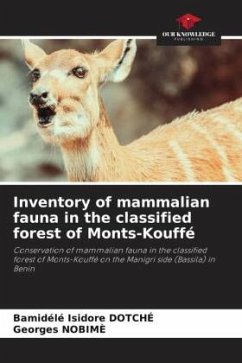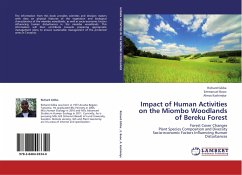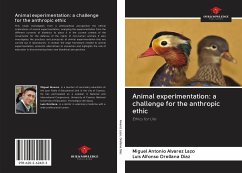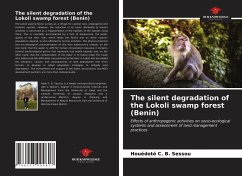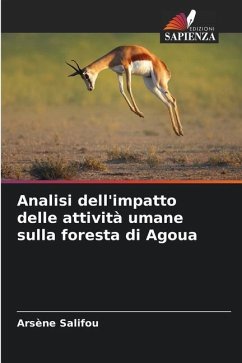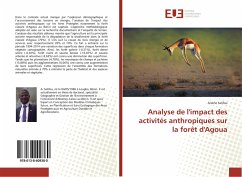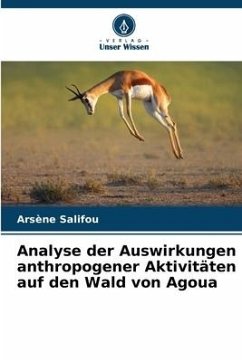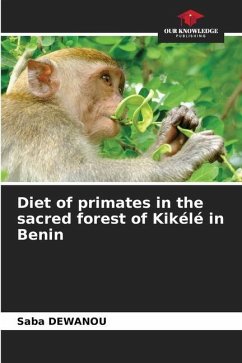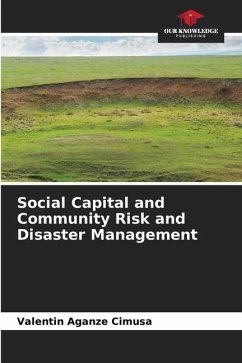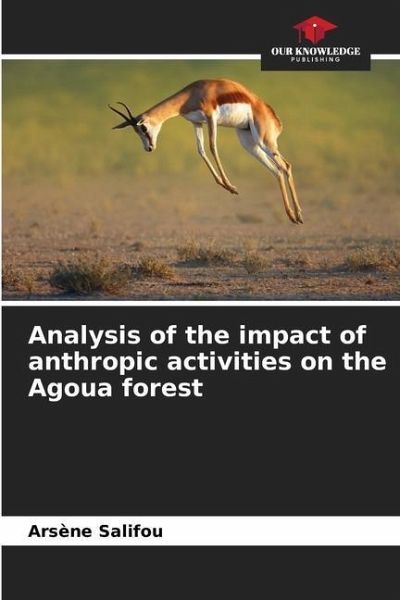
Analysis of the impact of anthropic activities on the Agoua forest
Versandkostenfrei!
Versandfertig in 6-10 Tagen
26,99 €
inkl. MwSt.

PAYBACK Punkte
13 °P sammeln!
In the current context marked by the demographic explosion and the increase in energy needs, the analysis of the impact of anthropic activities on the Protected Areas, notably the classified forest of Agoua in Benin, is crucial. The methodological approach adopted is based on documentary research and field investigation. The analysis of the results obtained shows that agriculture is the main activity responsible for the degradation of biodiversity in the classified forest of Agoua (70%). This is followed by the cutting of energy and service wood with 20% and 10% respectively. This fact has led...
In the current context marked by the demographic explosion and the increase in energy needs, the analysis of the impact of anthropic activities on the Protected Areas, notably the classified forest of Agoua in Benin, is crucial. The methodological approach adopted is based on documentary research and field investigation. The analysis of the results obtained shows that agriculture is the main activity responsible for the degradation of biodiversity in the classified forest of Agoua (70%). This is followed by the cutting of energy and service wood with 20% and 10% respectively. This fact has led to a variation in the area of each plant formation mapped over the period 1994-2014. Thus, gallery forest (-0.31%), dense dry forest (-0.92%), open forest and wooded savannah (-10.87%) and tree and shrub savannah (-8.63%) have experienced a decrease in area. While plantations (4.78%), mosaics of fields and fallow land (15.88%) and settlements (0.06%) have seen an increase in their areas. This regression of all natural formations estimated at 70% has resulted in the loss of habitat and animal and plant species.



